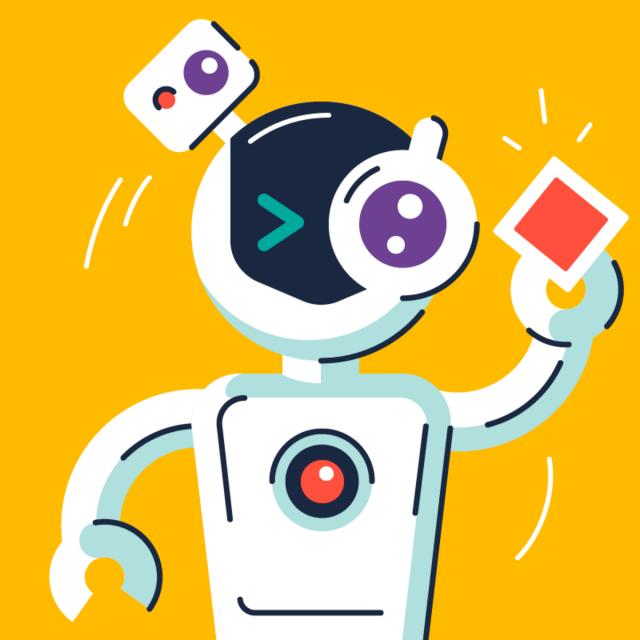
We will cover both image and video recognition, including image classification and annotation, object recognition and image search, various object detection techniques, motion estimation, object tracking in video, human action recognition, and finally image stylization, editing and new image generation. In course project, students will learn how to build face recognition and manipulation system to understand the internal mechanics of this technology, probably the most renown and oftenly demonstrated in movies and TV-shows example of computer vision and AI.
Syllabus
WEEK 1
Introduction to image processing and computer vision
Welcome to the "Deep Learning for Computer Vision“ course! In the first introductory week, you'll learn about the purpose of computer vision, digital images, and operations that can be applied to them, like brightness and contrast correction, convolution and linear filtering. These simple image processing methods solve as building blocks for all the deep learning employed in the field of computer vision. Let’s get started!
WEEK 2
Convolutional features for visual recognition
Module two revolves around general principles underlying modern computer vision architectures based on deep convolutional neural networks. We’ll build and analyse convolutional architectures tailored for a number of conventional problems in vision: image categorisation, fine-grained recognition, content-based retrieval, and various aspect of face recognition. On the practical side, you’ll learn how to build your own key-points detector using a deep regression CNN.
WEEK 3
Object detection
In this week, we focus on the object detection task — one of the central problems in vision. We start with recalling the conventional sliding window + classifier approach culminating in Viola-Jones detector. Tracing the development of deep convolutional detectors up until recent days, we consider R-CNN and single shot detector models. Practice includes training a face detection model using a deep convolutional neural network.
WEEK 4
Object tracking and action recognition
The fourth module of our course focuses on video analysis and includes material on optical flow estimation, visual object tracking, and action recognition. Motion is a central topic in video analysis, opening many possibilities for end-to-end learning of action patterns and object signatures. You will learn to design computer vision architectures for video analysis including visual trackers and action recognition models.
WEEK 5
Image segmentation and synthesis
In the last module of this course, we shall consider problems where the goal is to predict entire image. These are semantic image segmentation and image synthesis problems. Modern CNNs tailored for segmentation employ multiple specialised layers to allow for efficient training and inference. Lastly, we will get to know Generative Adversarial Networks — a bright new idea in machine learning, allowing to generate arbitrary realistic images.
